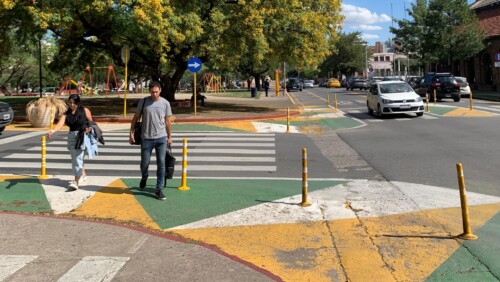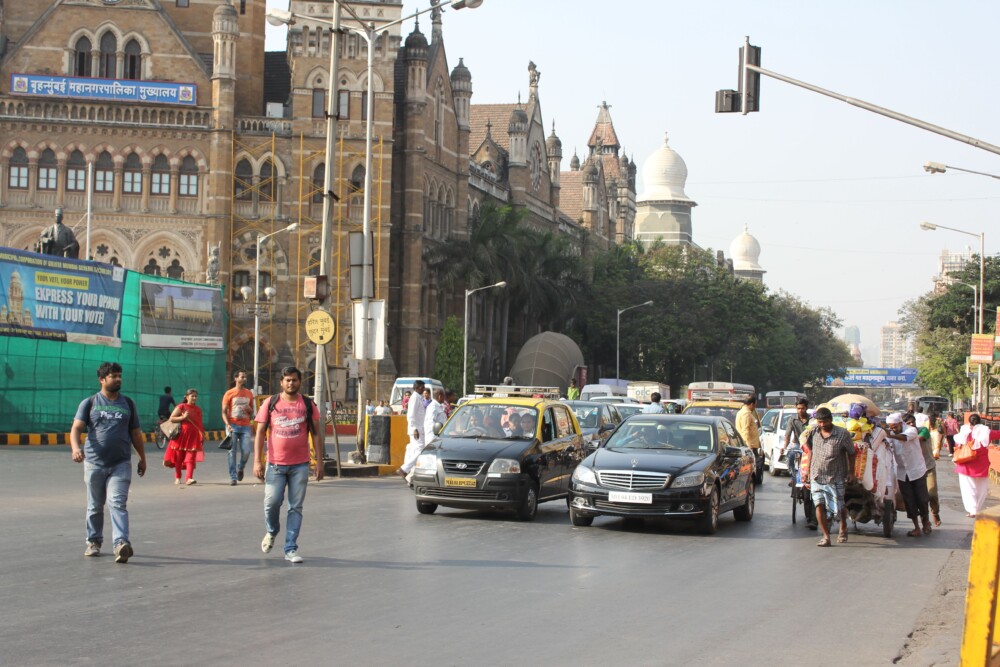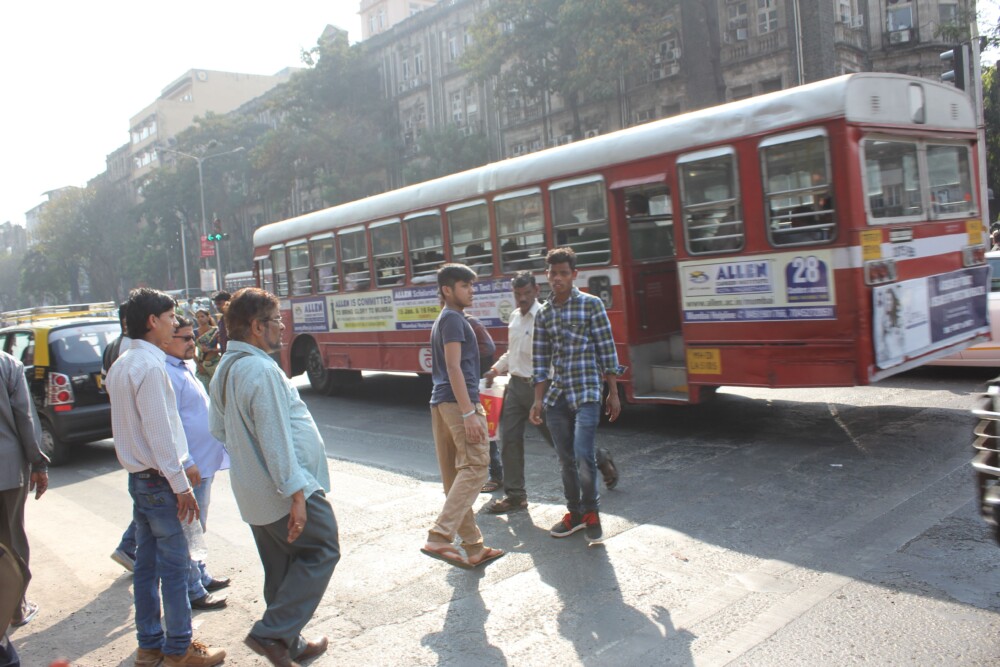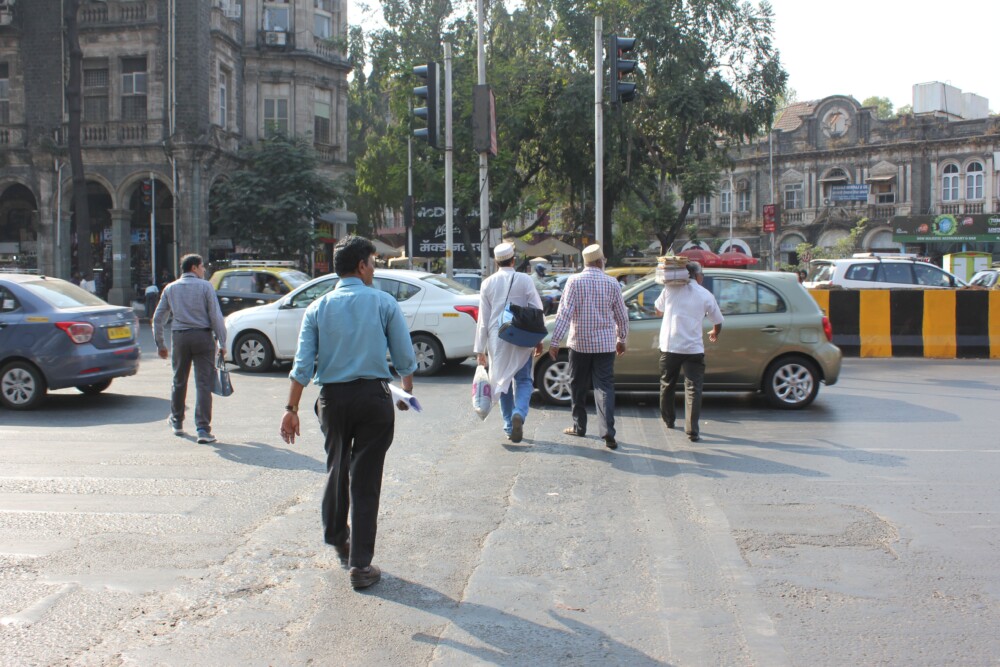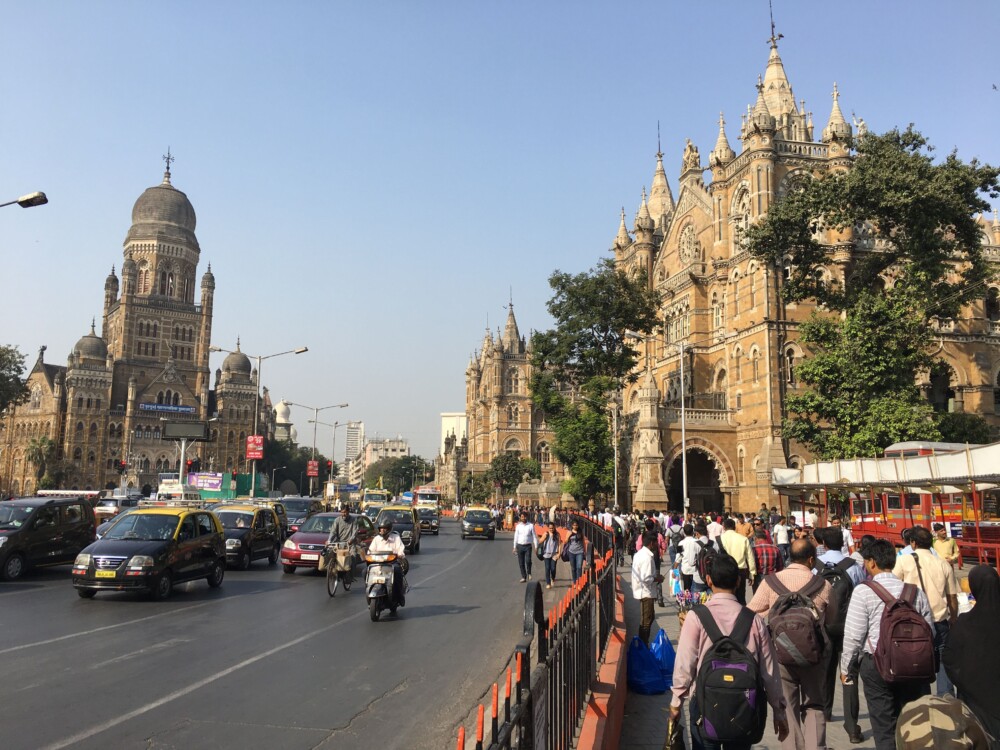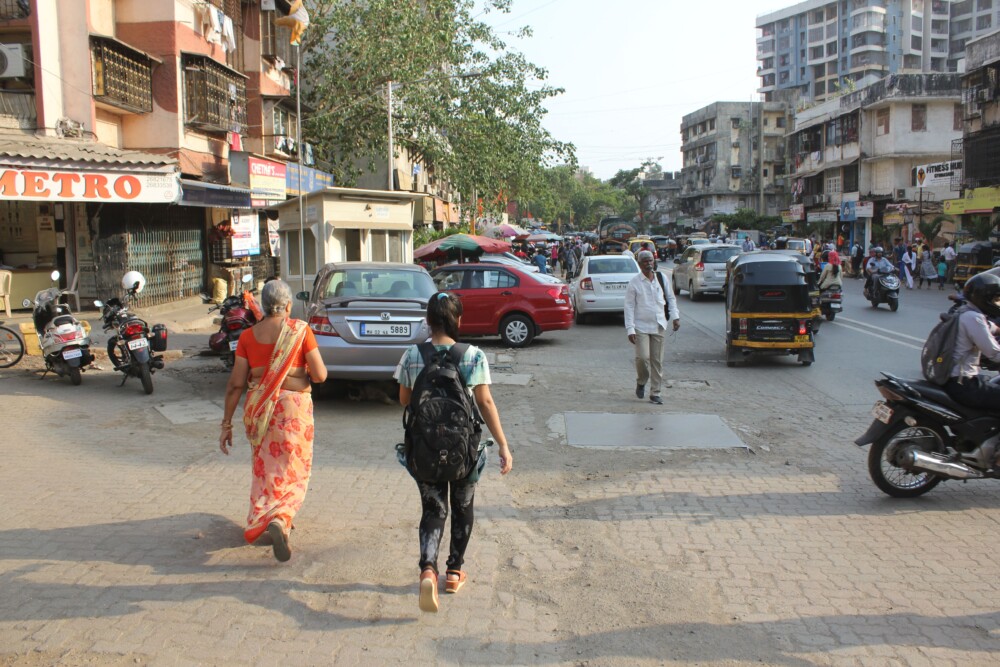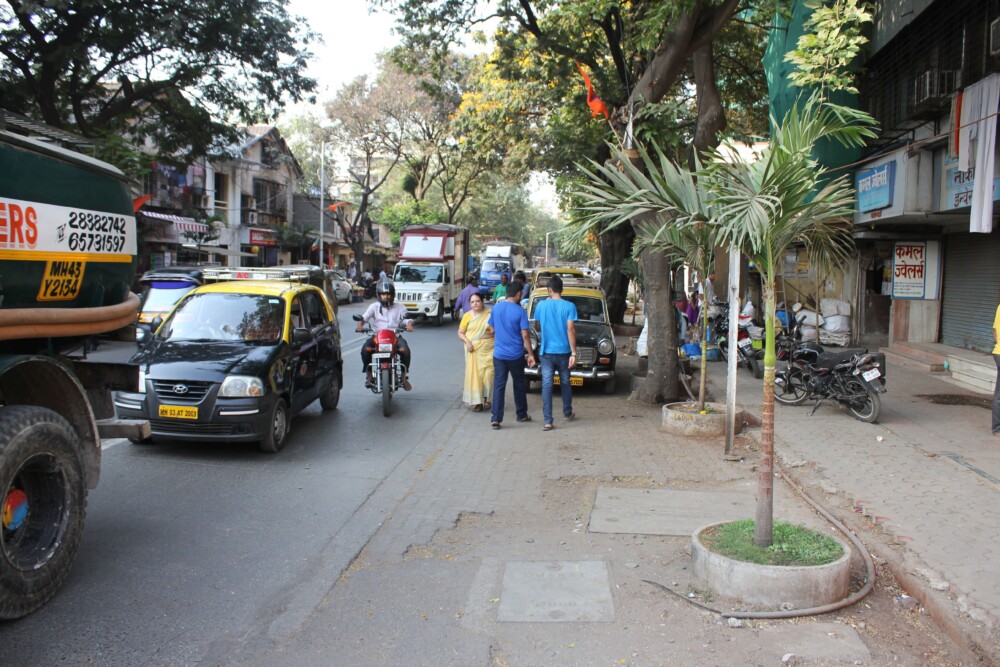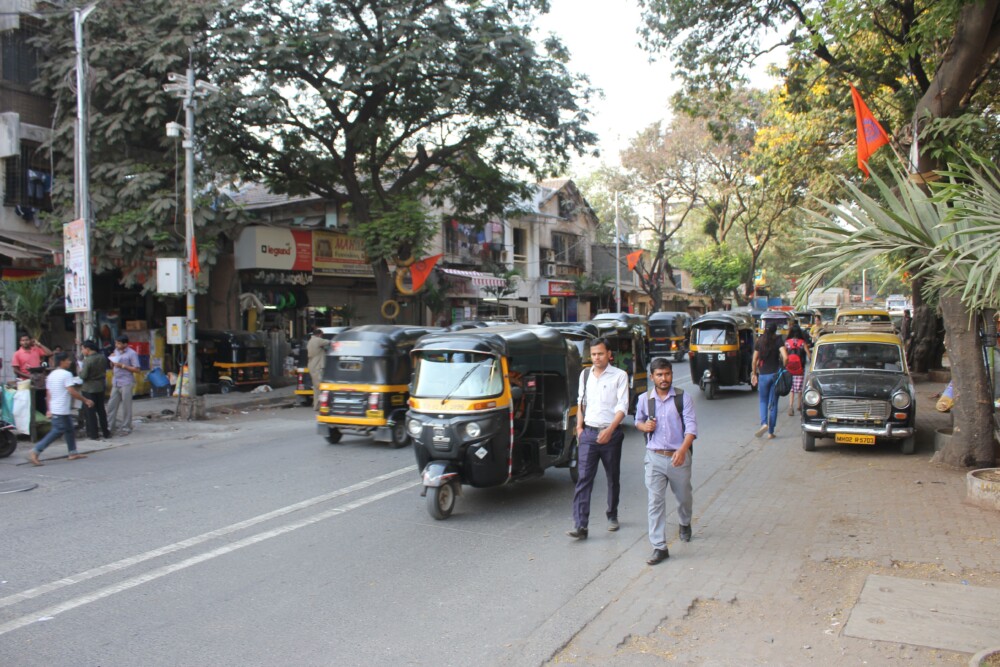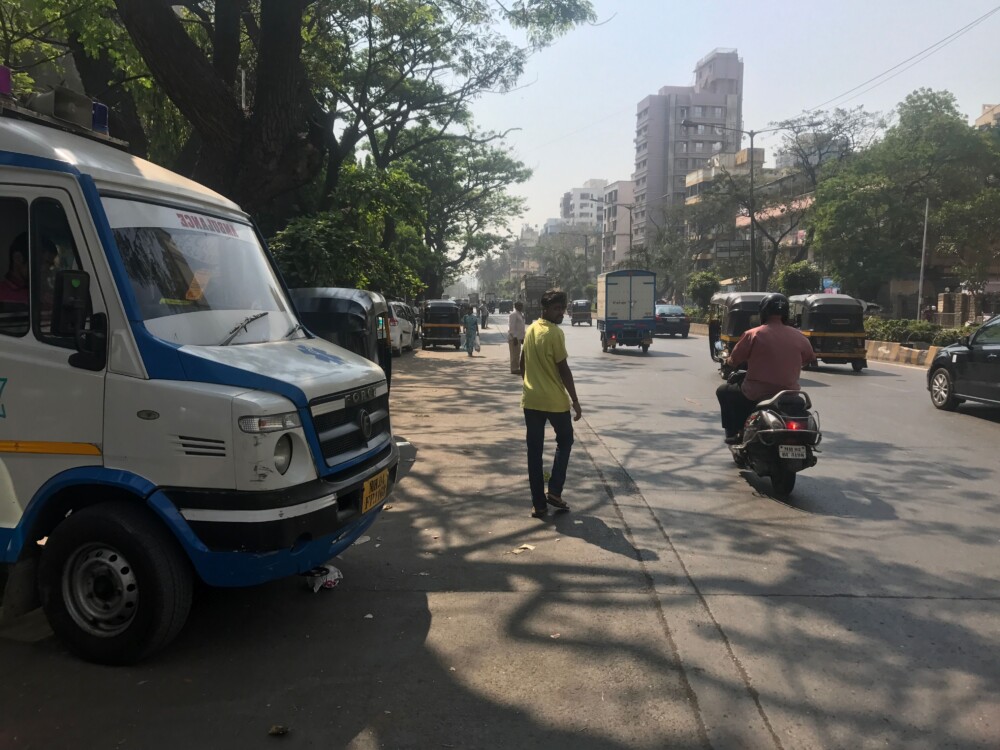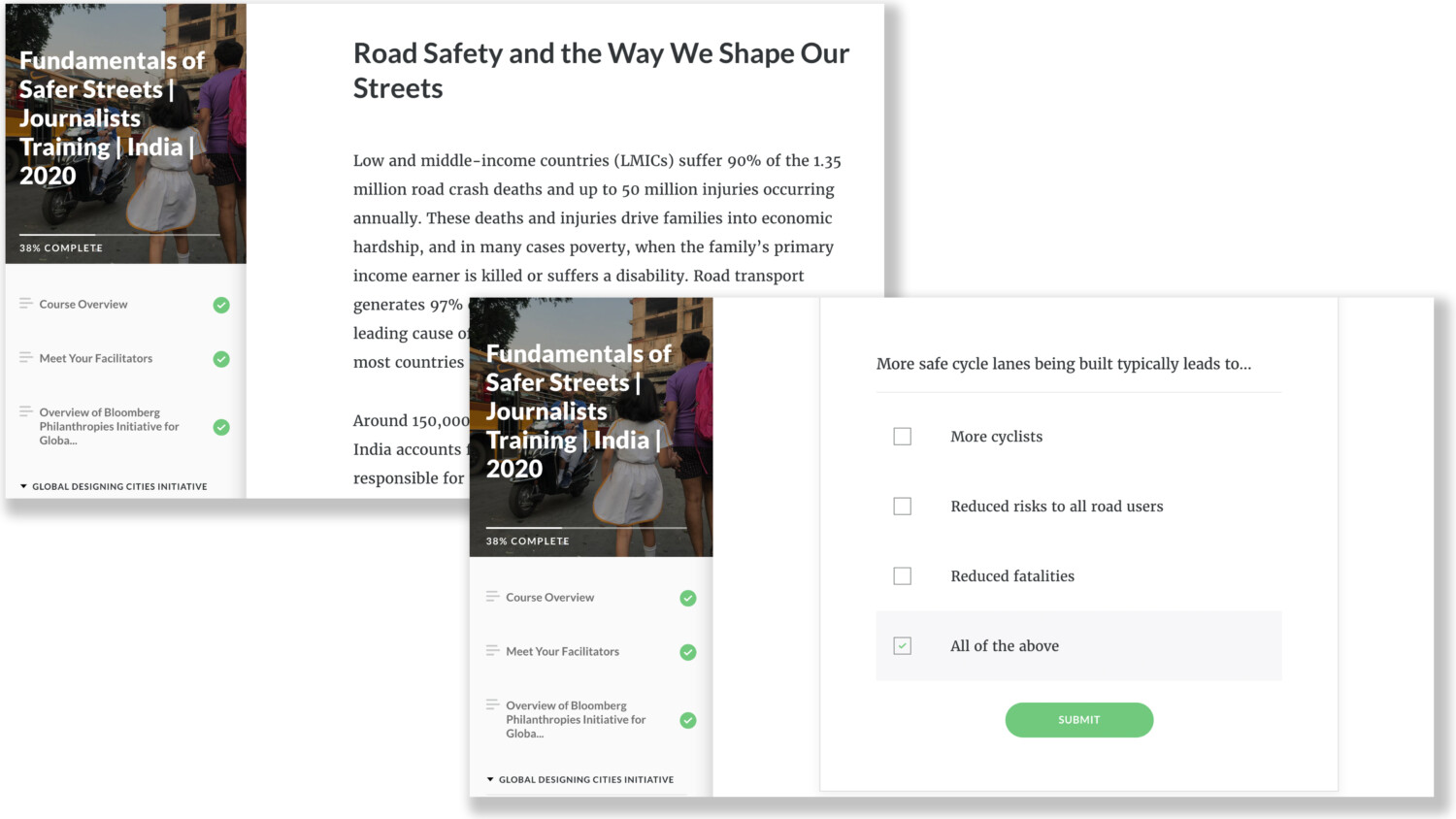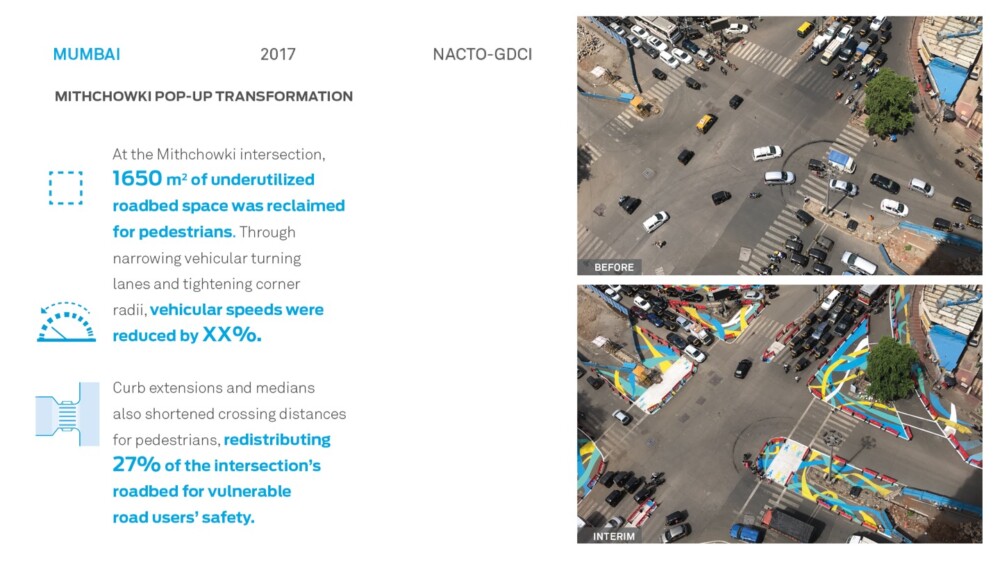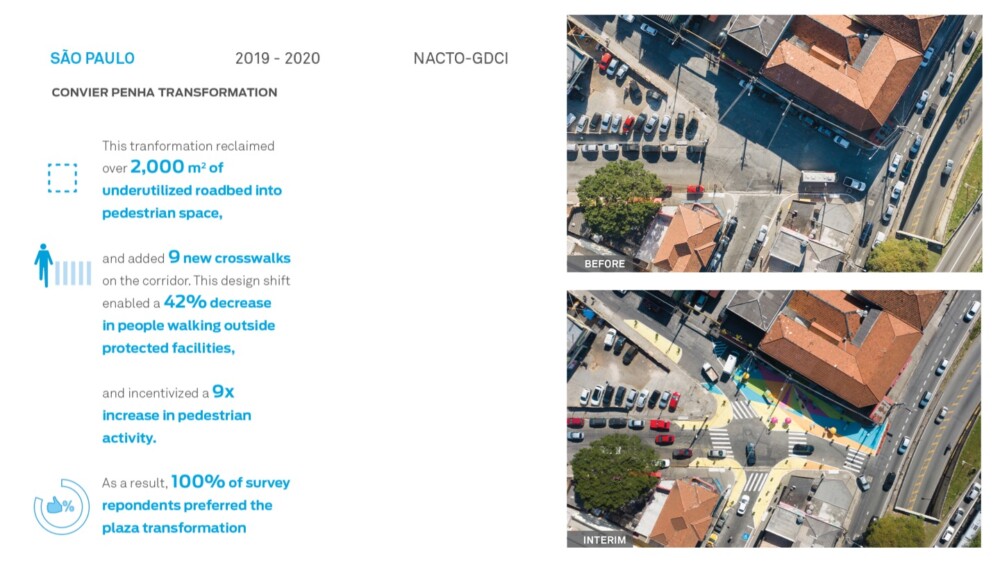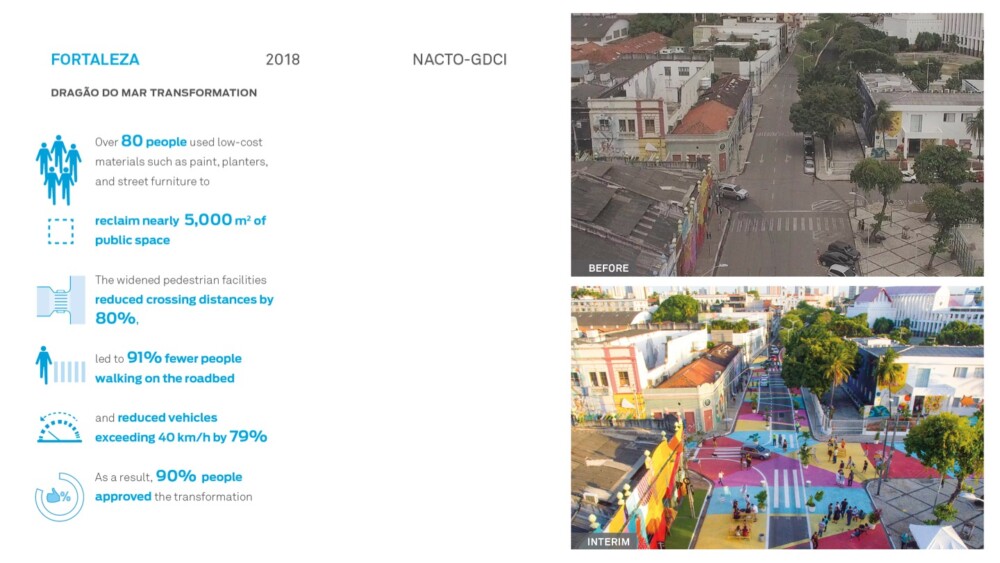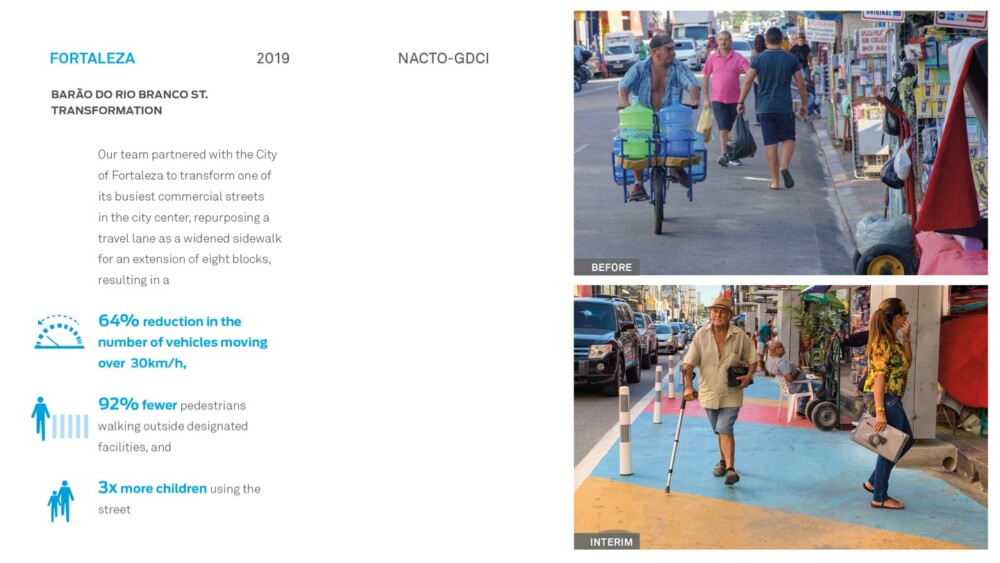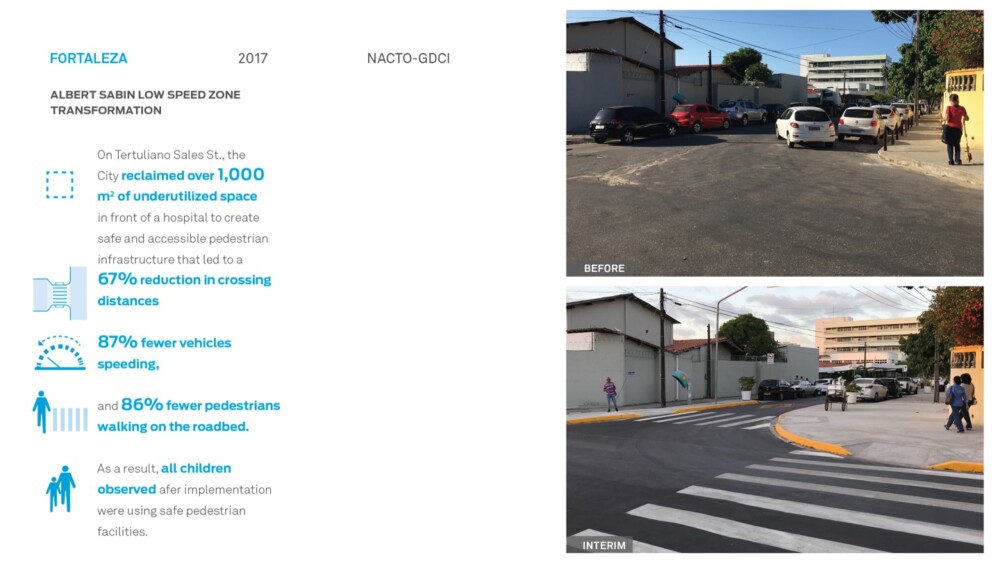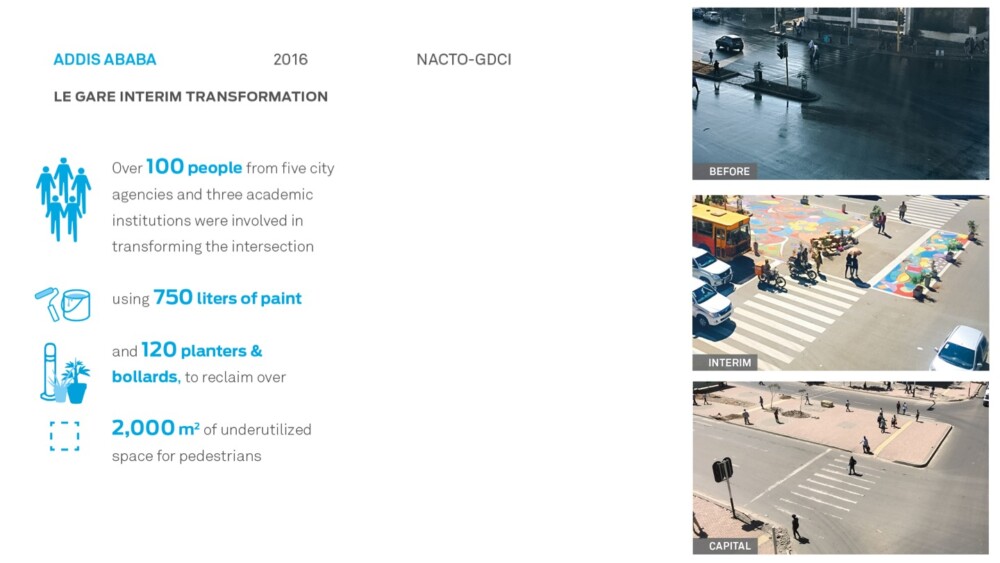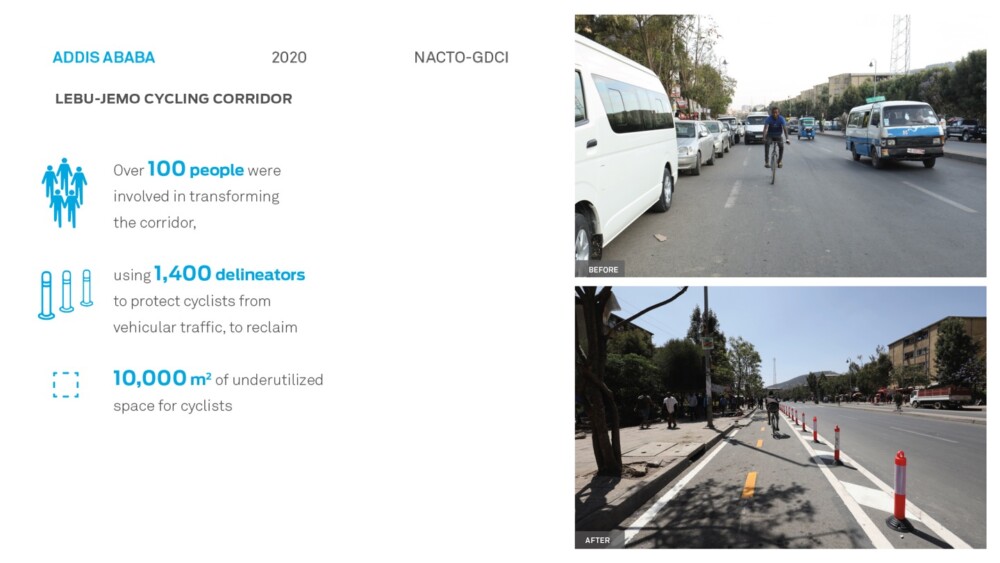Monday, December 14, 2020
Nearly 85% of the world’s countries lack adequate laws and infrastructure to counter the growing rates of traffic deaths and injuries. As a result, over 1.35 million deaths and up to 50 million injuries occur every year, with 90% of these fatalities occurring in low- and middle-income countries. Road traffic crashes are the eighth leading cause of death and the leading killer of people ages 5 to 29.
India accounts for about 2% of motor vehicles globally, yet it’s responsible for more than 11% of road traffic deaths. According to the Ministry of Road Transport and Highways, over 150,000 Indian citizens die in road crashes each year, while the Global Status Report on Road Safety (2013) estimates that the annual death toll may even exceed 231,000. Approximately half of all deaths on the country’s roads are among vulnerable road users—motorcyclists, pedestrians, and cyclists. These deaths are preventable when best-practice road safety interventions are implemented, and it is clear that a change is needed.
Journalists have a crucial role to play in advocating for change, building public support, and communicating to the broader public about evidence-based practices that help save lives. With this in mind, GDCI is excited to launch the Fundamentals of Safer Streets | Journalists Training, which focuses on the role of communication and media in shifting the dialogue around designing safer streets and mobility in local Indian contexts.
Supported by the Bloomberg Philanthropies Initiative for Global Road Safety (BIGRS)—which has dedicated $259 million over 12 years to implement interventions that have been proven to reduce road traffic fatalities and injuries in low- and middle-income countries—this course is designed to equip journalists with industry-specific vocabulary, global and local best practices, and relevant data sets that will help them communicate more effectively around issues of road safety, infrastructure needs, and related activities and interventions.
Produced in partnership with Vital Strategies and World Resources Institute (WRI), the Fundamentals of Safer Streets | Journalists Training includes a combination of brief readings and informative graphics, along with interactive exercises and video presentations from a diverse group of experts from around the world. The course is divided into 4 parts:
- Introduction: what to expect throughout the course.
- Safer Streets for Safer Cities: a global perspective on strategies being adopted to address the burden of road safety through reshaping our built environment and investing in sustainable mobility.
- Safer Streets for a Safer India: local examples of impactful projects and effective journalism that have started to push the envelope in our local contexts in India and shift the conversation around road safety.
- Roles and Resources: a closing segment reiterating the role of the journalists in empowering communities, informing practitioners, and inspiring leaders to address road safety in their contexts.
In looking closely at the urban transport and road safety issues that have intensified over the last two decades in Indian cities, this course will explore the ways in which simple design elements can improve road safety and traffic efficiency. The training stresses the importance of mainstreaming critical design elements, so that the knowledge and vocabulary around these issues is no longer specific to experts and industry professionals, but is accessible to the general public. Most importantly, the course demonstrates how the media can serve as a critical vehicle for this change.
If you are a journalist or media professional in India and have an interest in taking this course, please fill out this application form.
For more information, or if you have additional questions about the BIGRS Journalist Training Program, please contact Abhimanyu Prakash (Abhimanyu@nacto.org) or Lievanta Millar (lievanta@bigrs.org).
